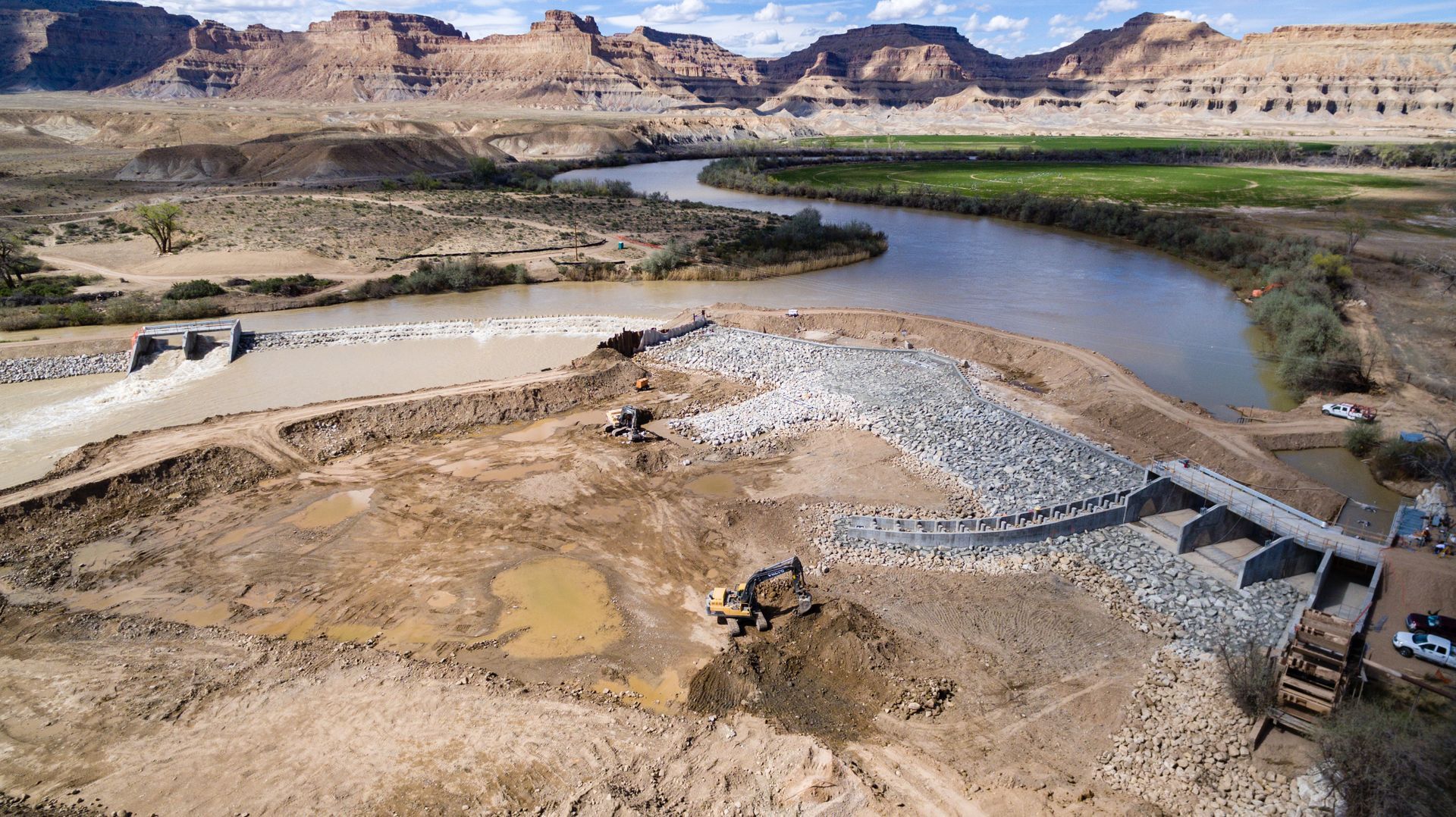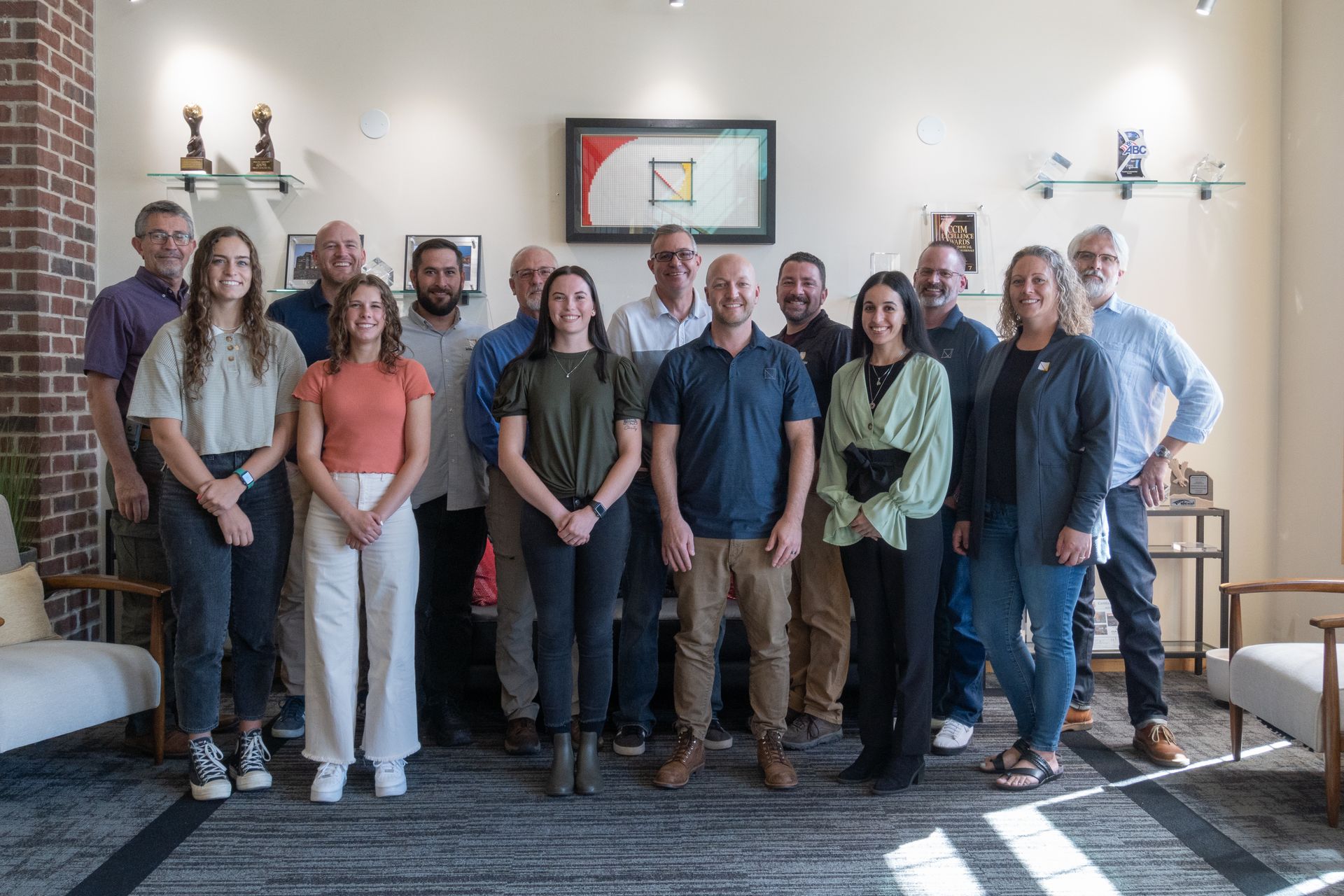Anniversary Profiles
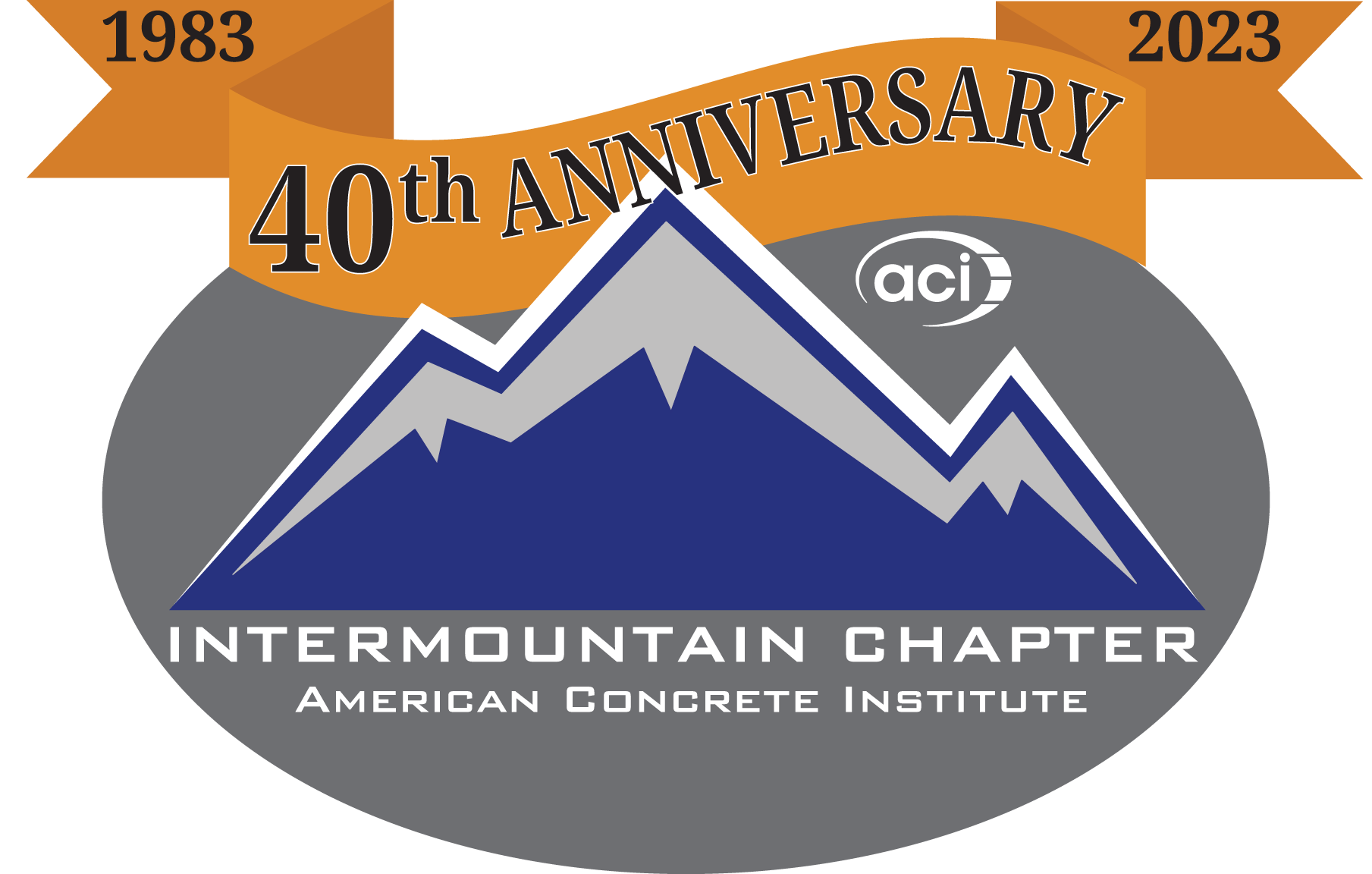
Founded in 1983 primarily to further education of concrete in relation to technical practice, scientific investigation, and research and development into better mix designs, the Intermountain Chapter of the American Concrete Institute (ACI) has been a key resource for dozens of firms and individuals in the region during its 40-year history. Currently, ACI Intermountain boasts 147 sustaining, corporate and individual members, a sizeable leap from just six corporate members in 2010 when Tammy Meldrum was brought in as Executive Director during the heart of the recession. Meldrum, along with officers and board members quickly revamped the chapter and her steadying influence the past 13+ years is evidenced with increased membership and overall member participation. She is widely praised for the chapter's growth and community impact. "Tammy is the reason for the growth and success for the ACI Intermountain Chapter over the last 13 years," said Todd Laker, General Manager, Mountain Sales Group, Holcim, US and ACI board member. "She has increased the professionalism and effectiveness of concrete education and certification in the Intermountain area. Her leadership has led to greater involvement by member companies and financial soundness of the Chapter." "I think it's recognized as a strong chapter," said Heath Hall, Technical Services Manager at Leamington-based Ash Grove Cement Company and ACI Intermountain President for 2023-24. "The chapter's changed a lot since I started in 2006. Lunch and learns used to attract 20-ish people, we're at 100, 150 now [...] and at the stage where you really can't get bigger at some of our regular venues. The chapter is running great." Meldrum said increased membership is due to the creation of better programs, providing myriad benefits, and having informative lunch and learn presentations. The chapter's annual economic forecast in January always brings in a packed house. "We identified what our members needed the most and we were able to provide services they were looking for," said Meldrum, who began her career in the industry with Ideal Cement in Salt Lake in 1984 and was recruited to ACI by Ray Nelson of Sandy-based Layton Construction. "Education is the purpose of ACI," she added, listing certifications, educational materials, and new technology as essential to member firms. ACI Intermountain in comprised of a 16-member Board of Directors with three officer positions that span a two-year period. For 2023-24, the chapter is led by Hall, Vice President Andy Solt of Master Builders Solutions, and Treasurer Scott Strader of UDOT. Aaron Whitaker of Ralph L. Wadsworth Construction is the Past President. The Board serves member firms primarily from Utah, along with three regions in other states: Southern Idaho, Western Wyoming, and Southwestern Montana. By organizing the efforts of its members, ACI Intermountain gathers, correlates, and disseminates information for the improvement of the design, construction, manufacture, use, and maintenance of concrete products and structures. "There are a lot of networking opportunities and many of my customers are involved," said Hall. "If you get involved on a national level it increases your scope of who you meet, who you rub shoulders with. It helps you learn about specs and understand codes and how things are designed per the codes." Meldrum is especially proud of the growth of the annual scholarship fund, which handed out a record 14 scholarships this year, including its top scholarship, the Pam Gomez Memorial Scholarship, in honor of the former co-owner of American Testing who passed away in 2021. "The thing I enjoy the most is being able to help the future industry through scholarships," said Meldrum. "It's important to let those students know how valuable the industry is. We're proud of being able to do that." The chapter also raises significant funds via its annual golf tournament (held September 12 this year) to help college students pursuing careers related to the concrete industry from every major school at the higher education level within its boundaries. In 2022, 753 students attended a certification session within ACI Intermountain. Working in partnership with a local engineering firm, the chapter also had the opportunity to provide several ACI certification sessions on Guam for local residents, as well as USAF personnel. Meldrum has also made a point of collaborating with other industry associations, including the Structural Engineers Association of Utah (SEAU), and Utah Ready Mix Concrete Association (URMCA), which is led by Executive Director Brad Stevenson. The two associations have partnered on the ACI-URMCA Concrete Conference the past two years with noticeable success, drawing more than 400 people to the event, with year three slated for February 6, 2024 at the Davis Conference Center and perhaps drawing upwards of 500. "We've successfully combined our efforts the last three years to synergize our activities to bring together producers, technicians, end users, government agencies and educational resources in our now annual ACI-URMCA Concrete Conference," said Stevenson. "Tammy's experience and organizational skills are the keys that make these conferences successful. It simply wouldn't get done without Tammy." Laker said other ACI chapters reach out for advice and best practice information, a testament to the Chapter's impact. "She has been consulted on Chapter direction by many other ACI Chapters, ACI National, and Associations from affiliated and non-affiliated groups," said Laker. "Her organizational acumen and creativity have helped to increase the number of offerings provided by the Chapter and increased the breadth of its influence on the concrete industry." Another important offering is ACI Intermountain's Excellence in Concrete Awards event, which held its 37th annual event in April and recognized 17 outstanding projects. Meldrum and Hall both expressed confidence in the current and future economic outlook for the local concrete industry, believing firms operating in Utah and the Intermountain region are poised to remain busy and profitable. "Commercial construction and infrastructure remain strong," said Meldrum. "Residential is down 33% but seems to be on the mend. Single family homes are coming back; multi-family has remained strong due to housing demand. People are adjusting to the interest rate [7% range]." Both Hall and Meldrum said the chapter is keen on supporting environmental improvements to concrete (and cement) and adopting whatever policies are necessary. Hall said his company is always aiming to stay ahead of potential legislative demands and making continual improvements to equipment. "There is a great deal of energy being put into the green initiative," said Meldrum. "Everybody has to be aware of it. Globally, ACI is known as a center of excellence for carbon neutral concrete and trying to create processes, improve education, and work with government agencies. We're using 1L cement and coming up with other ways to try to facilitate greener concrete, including moving towards performance-based specs vs. prescriptive specs."

Beyond founding a successful construction company that bears his name, John Cameron's legacy includes being a founding member of the Utah Chapter of the Associated Builders and Contractors (ABC Utah) in 1979 and a champion of Merit Shop construction throughout his career. Cameron, 82, who founded Salt Lake-based Cameron Construction in 1973, and other non-union contractors objected to not being allowed to bid on federal, state and county work, jobs that were only being offered to union contractors. While confronting this issue, he got a call from Dave Viet, an Executive VP that John had worked with at Bud Bailey Construction, who told him about a new organization on the east coast that represented a Merit Shop program. Viet invited Cameron and a half dozen other contractors to a meeting with an ABC representative and the chapter was born in 1979. "We joined ABC to help level the playing field for merit shop contractors," said John, adding that a key selling point at the time was access to a labor relations attorney. The first ABC Utah membership meeting boasted nearly 40 firms, a mix of contractors, suppliers, and service companies. In less than four years, during the 1983 Utah Legislative Session, ABC Utah made its presence felt by lobbying for a bill to repeal the Utah Davis-Bacon Act, which was successful, paving the way for Utah to become a "right to work" state. It is an underlying reason Utah is renowned for its business-friendly climate and consistently strong economy. "Throughout our history, ABC has fought for free enterprise and open competition on both a local and national level," said Cameron, "and is one of the leading organizations representing America's business community and merit shop construction industry." Cameron served as past President/CEO of the chapter, and his wife, Linda, spent many years helping out with various administrative duties. "The Utah construction industry owes a debt of gratitude to John and Linda for the work they did to strengthen Utah's right-to-work legislation and promoting fair and open competition in bidding procurement in Utah," said Chris DeHerrera, ABC Utah President/CEO from 2010-2022. Early Career; Valuable Experience in the Windy City Cameron got an early jump into construction in the early 1950s (age 12) working for his uncles, who were homebuilders, "cleaning up jobsite debris and shagging lumber for carpenters". He ultimately learned the finer points of the trade and soon met key people in the industry, which led to employment opportunities. "I became good friends with Bud Bailey and Robert Kent and did various odds and ends for Bailey's company, whether it was painting, floor tile, or just cleaning up sites," said Cameron. He proved to be not only capable and hardworking, but willing to do anything that was needed and parlayed that into full-time work, proving the age-old adage that availability is often the best ability a person can have. John and Linda married in 1963, and when Bailey sent the couple to Chicago in 1967, Linda worked right alongside John doing various administrative tasks. Their time in the Windy City was a wondrous social adventure, and an extremely busy time in their lives, as they oversaw the construction of 57(!) 7-11 stores in four years, a staggering average of 14 annually. Their success hinged on developing tight relationships with subcontractors, who knew they would be guaranteed consistent work based on the sheer number of stores being built. Unions could be difficult to negotiate with, but Linda said they ultimately "got the subs to commit to do [the work] and not raise their price for two years." Cameron also became a savvy estimator and helped Bailey bid notable jobs for the Church of Jesus Christ of Latter-day Saints and health club magnate Robert (Bob) Rice, among others. The couple was also working on adding to their family, with Kevin being born in '69, and John E. (Eddie) Cameron III born in '71. When Bailey asked if they were interested in continuing working on the road and going to Florida to build a string of health clubs for Rice, they politely declined and returned to the Beehive State to raise their young family. The Cameron's experience in Chi-town bolstered John's resolve to strike out on his own, and in October 1973 Cameron Construction was incorporated. "I felt like I had the ability to do it," said Cameron. "I knew what needed to be done. Bud and Dave Viet treated me really well and trained me."
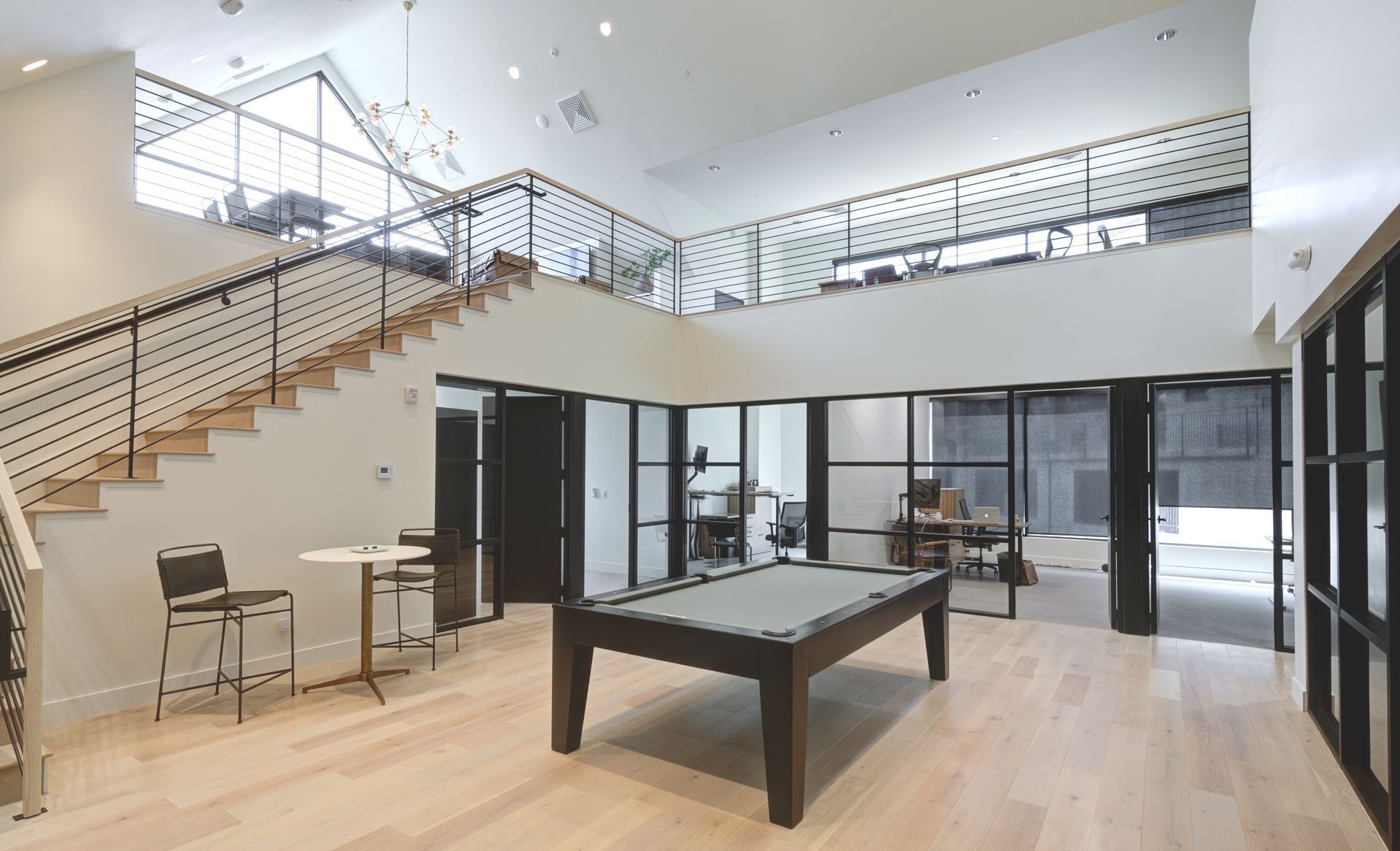
When Marshall Tate and Sean Wright started Midwest D-Vision Solutions (MWDS) in 2013, they did it with the mindset of creating an entirely new breed of subcontractor in the Utah market. Deploying a unique flywheel approach championed by some of the area’s biggest general contractors themselves, Midwest D-Vision Solutions is pacing to do $75 million in business in 2023. Things are clearly trending in the right direction for MWDS as the company marks its 10th anniversary year. “We’re kind of to that point where, honestly, if there’s a large project, it’s rare that we don’t have something on it,” Tate said. “It may be that we’re only doing a small division for one building and we’re doing four divisions for another. But most large projects, we’ve got our hand in, in one form or another. We’re just kind of at that scale now.” No Pane, No Gain When Tate and Wright –– as CEO and President, respectively at Midwest Commercial Interiors –– set out to disrupt Utah’s subcontractor market in 2013, they did an incredibly smart thing by meeting with leaders of the state’s biggest general contractors to pick their brains, understand their biggest frustrations, and find out what kind of subcontractor would be of the greatest benefit to them. “One of the primary drivers of this journey was to sit down with the C suites of all the general contractors that we had come to know well and had trusted relationships with, and really get their input on where they saw problems within their construction means, methods and schedule,” Wright said. “We wanted to be the easiest company [for them] to do business with from the day the job landed in our lap.” What they learned through their discussions was that there were three primary frustrations for the big general construction firms. They wanted better coverage within categories, better field execution and improved project closeout. In terms of expanded coverage within categories, Wright explained that any particular project might have 10 scope areas inside of a certain division. Companies would typically bid on singular aspects of those 10 different specialties based on the nature of their specialty. What would make things simpler for the GCs, however, would be if one company could be hired to do all or multiple scopes. “So our business premise was pretty simple when we started,” Wright said. “We wanted to give them 95 percent coverage confidence and we wanted to build the right kind of team that would be able to estimate, project manage and field deliver the projects we took on.” Wright said the advice from the general contractors proved pivotal, leading MWDS to expand its available scopes of flooring, increased offerings in Division 8 of doors and hardware, as well as glass and glazing. Those latter two moves in particular have been critical to the company’s "flywheel" approach. “Part of that flywheel strategy for us was to be able to offer a more comprehensive Division 8 offering to the marketplace. We really tried to differentiate ourselves from everyone else by investing in our own capabilities to engineer, draw and fabricate what (we sell)." Glass and glazing services, Wright said, are indicative of the fragmentation in the market. “You have the really big boys that are doing curtain wall on big skyscrapers and then you have a big gap down to smaller providers that are doing smaller commercial,” he said. “We wanted to fit somewhere in the middle there.” As such, he said MWDS has found a sweet spot in providing glass for schools of all sizes, church facilities and office buildings in the range of three to five stories. Tate added that subcontractors in any market are people who have grown up in and come to own a business committed to one particular trade. At MWDS, the approach is completely opposite. “This company wasn’t built by trades people,” Tate said. “The company was built for general contractors by general contractors. We allowed [top contractors] to tell us what markets we should be in and where our business model would be most effective for them. They not only coached us on how to grow our company, they made strong business commitments to help us grow our company in the direction they wanted us to grow.”
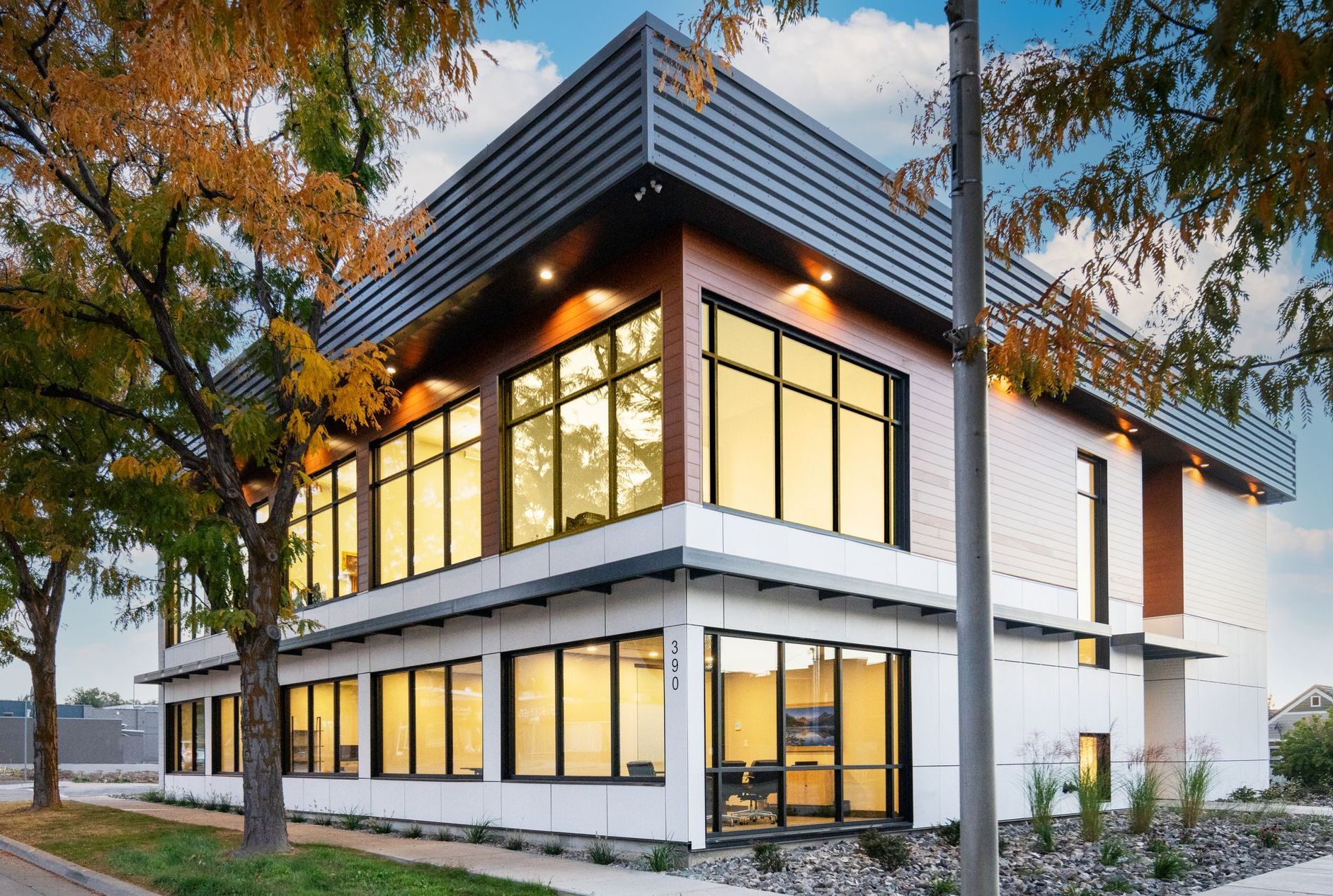
A few years ago, Stephen Beyer, Founder and President of Bountiful- based City Creek Construction, made the conscious decision to ramp up his business, which included hiring a couple of well-connected, seasoned professionals and ultimately building a dazzling new company headquarters in Bountiful, completed last year. “I consider myself fortunate that my business was such that I could come and go. We kept the business small—it really was the deliberate approach in how we operated. It allowed me to help coach my sons’ sports teams,” said Beyer. “Now that they have grown, we are all about accelerating the growth of City Creek Construction.” With experience in building a strong company and building great sports teams, Beyer knows the value of teams working together to accomplish great things. That has been the foundation of City Creek Construction for the past quarter century and will continue to be the core of its growth moving forward. With a genuine passion for construction and commitment to exceeding client expectations, City Creek has experienced significant growth the past two years.
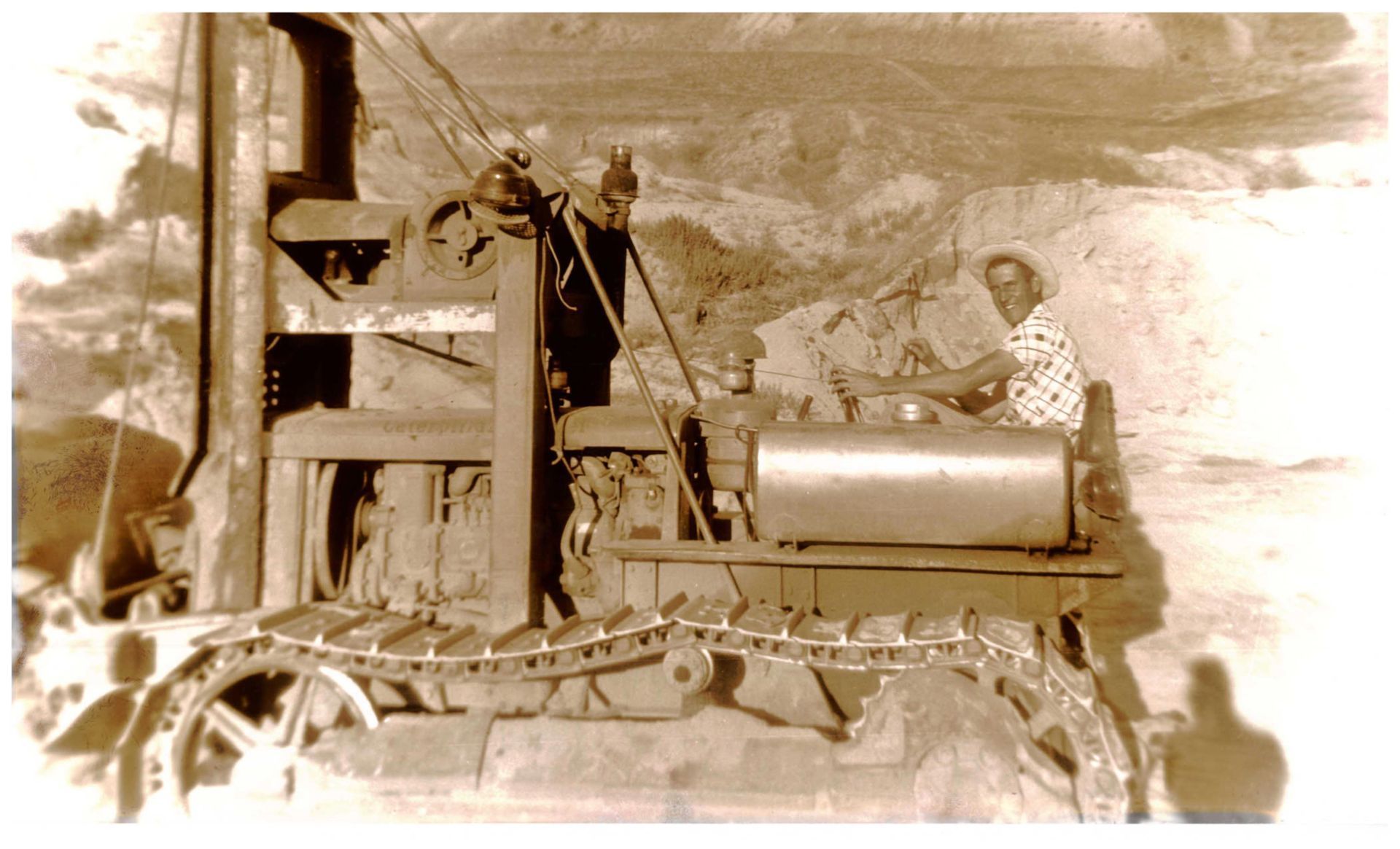
Bob Jones was an 18-year-old freshman at Utah Technical College in 1969, with a desire to study civil engineering, when his father, Paul, was partially crushed by a load of sand he was hauling in Midvale. “He lived through it, but he could never work again,” said Jones, long-time President of West Jordan-based Jones Excavating. At the time, he was the third oldest of seven children and the oldest son in Utah at the time (older brother Bruce was on a church mission) and forced to take over his father’s business and become the breadwinner for the family, a lot he didn’t particularly like at the time. “That was the start of my [construction] career. I hated the business tremendously because we were using old equipment. You had to work in the winter with no heated cabs. I thought I was done [with construction] when I graduated.” It took Jones some time to gradually learn the ins and outs of the industry, but he channeled his energies and natural talents into improving upon things his father never did, including investing money back into the company when things needed replacing. Paul grew up in the depression, said Jones, which fostered a mindset of scrimping and saving to the point of it being a detriment to business. “We never bought a new truck tire, never bought new batteries, never bought brake parts,” Jones recalled. “There were days the air compressor was out, and we were out of work for a couple of weeks. It was a struggle [early on]. Once I got running the business and calling the shots, I started to like it. I love it to this day.”

It’s been more than a half-century since Salt Lake-native Eugene “Gene” Burbidge ventured down to California to purchase a concrete pumping truck and establish Burbidge Concrete Pumping (BCP) in 1972, one of the first such firms in Utah to take a flyer on a fledgling industry that was born in the late-60s. “What a wild deal,” said Vaughn Burbidge, 65, the youngest of three brothers (Gene and his wife, Alice, had five sons and one daughter). He’s worked at the firm in various capacities and at various times the past 50 years, and he pooled their collective business acumen to grow the company into an industry titan after Gene passed away at 65 from Leukemia in January 1990. “He really went out on a limb, but saw there was a need and helped fill it.” Gene was a hard worker, a keen businessman, and not afraid to reinvent himself in different industries. “My dad was involved in a lot of things,” said Dennis Burbidge, 78, the eldest of the six siblings. “He had a meat pie shop, restaurant, a service station—and then started peddling cars. He was always interested in new things.” That led to a 25-plus-year career selling used cars, both as a dealer and for Salt Lake-based Streator Chevrolet. By the time the 70s rolled around, Gene had caught wind of the concrete pumping business via a visiting cousin who had started a company in Portland, Oregon. When his cousin learned the Salt Lake market was devoid of pumping trucks, he convinced Gene to go for it. “He was [48] and was not going to jump into something that would [hurt] him financially, but I said to him, ‘Dad, you don’t know the difference between concrete and cream of wheat,’” Dennis laughed. “He was visionary—he could just see it. The next thing you know he had one pump, two pumps […] and he hired some great employees to start with.” “Everybody said, ‘Hey, you got to be a little crazy,’” said Dave Burbidge, 68, adding in a memory of Gene’s uncle, Enoch Smith. Smith operated a prominent civil/utility construction firm in Utah for 50-plus years, and he said to his nephew, "Gene, you cannot pump concrete!" “His competition came to him and said, ‘You’ll last six months,’” said Dennis. “Six years later that guy was [out of business].” In addition to his sons, Gene hired people like Joe Dawson, who retired in January after 44 years and was widely praised for his loyalty, work ethic, and ability to get the work done. “Joe was always incredibly good,” said Vaughn. “He was everything. He could run a pump and diagnose problems no one else could. He knew more about pumping than anyone in the industry. It’s all about keeping it running. Get a really good mechanic because concrete is really hard on equipment.” “Joe Dawson was a rock star,” Dave said, flatly. He added that Gene was always on top of new technology and even developed computer programs that would do cost analyses on how much it cost to pump a yard of concrete. “We have the best mechanics known to the civilized world.”










